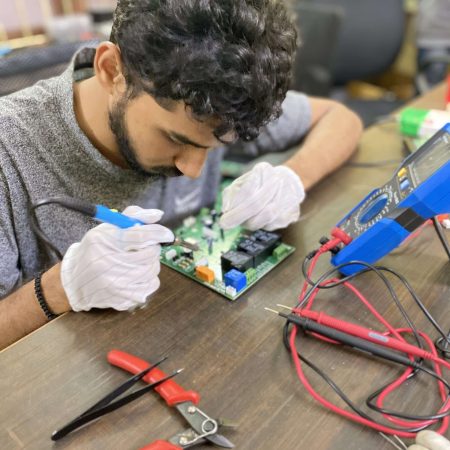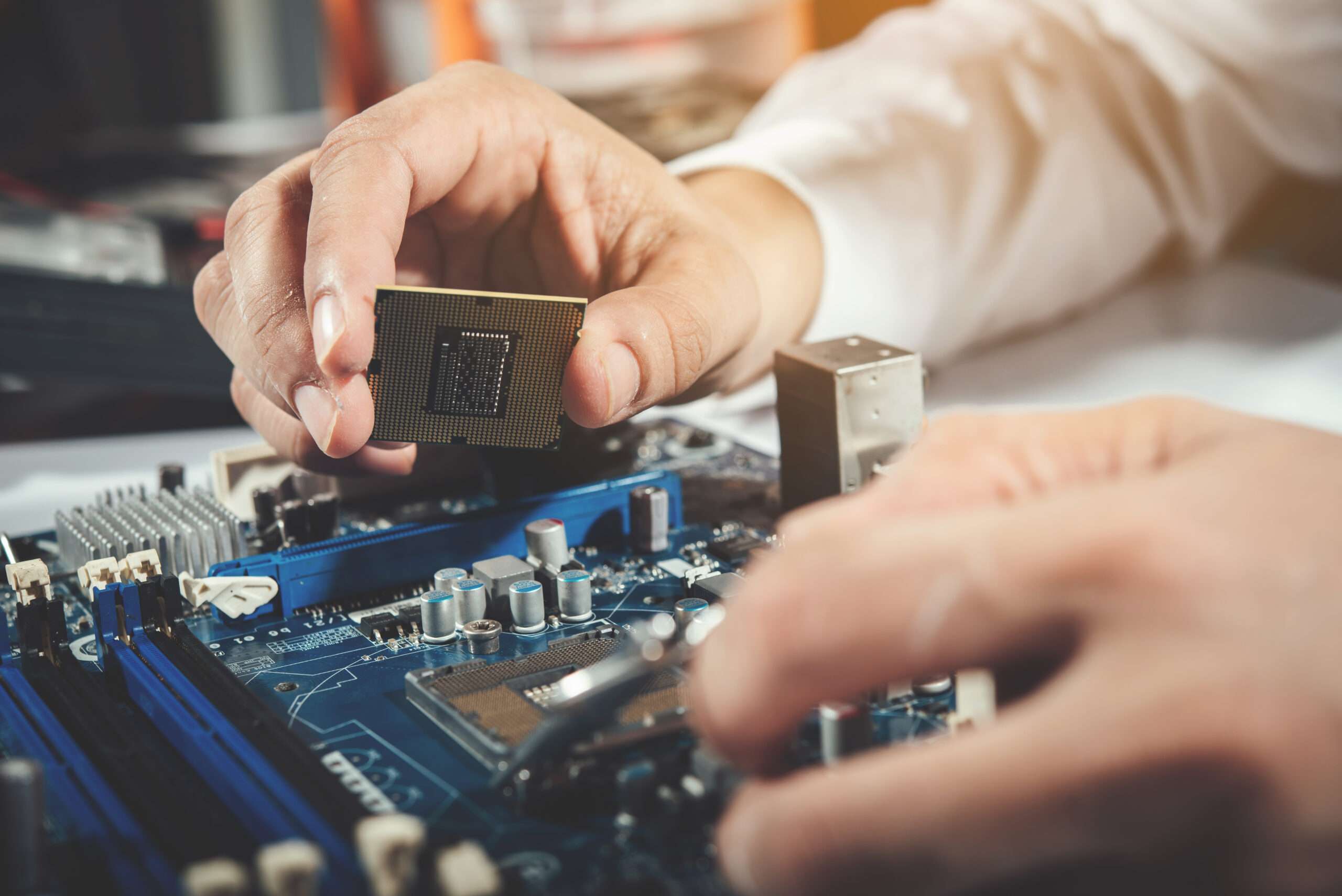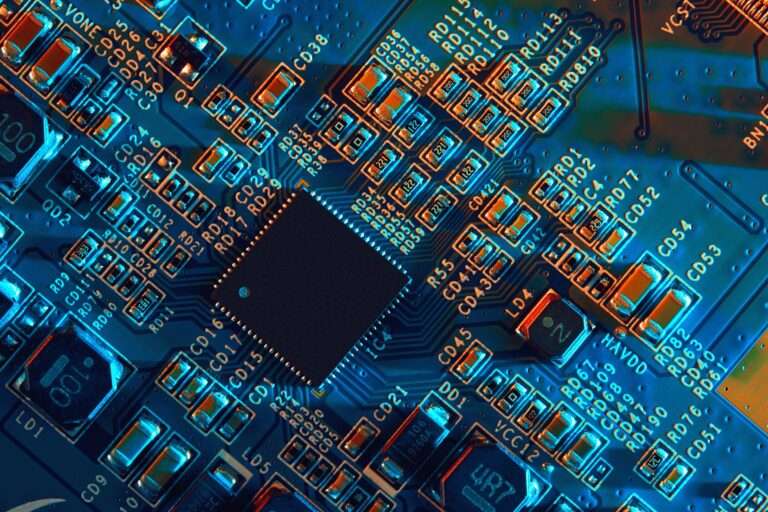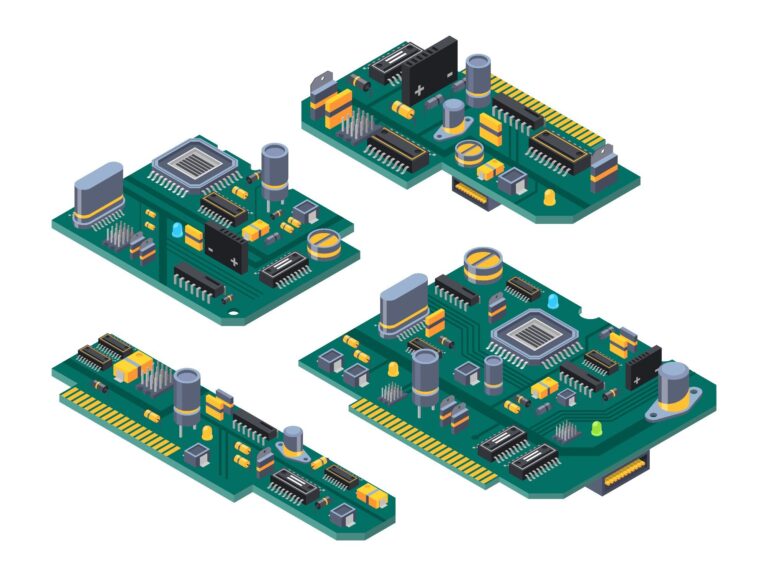What happens if a product or machinery used becomes outdated and you can’t find its components? Can you find out the working of a machine and incorporate design changes before launching a new product? How can you clone or replicate or revise an existing product?
What is Reverse Engineering?
When a product is developed, firstly, it begins with an idea, then moves to constructing the design and finally the product is built. However, with reverse engineering, the process begins with a final product. The engineer deconstructs the product going in layer by layer to understand and arrive at the product design specifications.
Where is it used?
Reverse engineering can be used in several industries including electronics, mechanical, consumer products, software, biomedical, chemical, electronics, automotive, design, manufacturing, healthcare and medicine among several others.
Why is it used?
Reverse engineering is used to either re-create a product, improve it or understand its design for manufacturing in the future. During this technical process, vital information is collected to be used to analyse and research a product. Data on design elements like specifications, core components, processing flow, functional performance, manufacturing process and critical dimensions is gathered.
13 common reasons for reverse engineering include:
- To retrofit parts or components: New or modified parts, equipment or components which are not available at the time of manufacture and might be necessary to the end customer can be installed using reverse engineering.
- Unavailability of original documentation: This method is used when there are missing files or legacy systems are involved
- OEM components unavailability: Reverse engineering can be used to factor out obsolescence. Many OEM parts or components may have a short commercial lifespan or are out of production, replacements can be constructed with available material. It may also be used when maintenance is discontinued by the original manufacturer for a product.
- Migrating legacy systems: To modernise software or include functions to adapt to the technological advancements, reverse engineering helps tackle these challenges. Migrating legacy systems to new platforms is possible with this method.
- Privacy protection: By understanding the product better, the engineer can develop stricter protocols to restrict the copying of systems.
- Revise product faults: You can fix issues with a product if you reverse engineer it. Particularly those problems that are not supported by the original manufacturers can be solved by this method.
- Sourcing alternatives: Understanding the components or parts that go into a product, readily available or cheaper alternatives can be sourced. This ensures uninterrupted production and can also reduce costs.
13 common reasons for reverse engineering include (CONTD)
- Accelerate R&D: By deducing the know-how of a product there is scope for innovation & rapid production.
- Educational: To understand a well developed product or to mitigate faults in the future.
- Competitor analysis: This may not be ethically sound, but several companies expose their competitors’ public statement using this method. When a competitor has falsely campaigned or marketed a certain product, sometimes they are brought to light using reverse engineering
- Restoring or repurposing: A product that is no longer in use can be redesigned and improved to be made useful.
- Proactive maintenance: This helps manufacturers stock spares and reduce unexpected downtime for critical components before they fail.
- Digitise data: As mentioned above, when original data is unavailable, reverse engineering can help re-create the data in the digital form and preserve it.

In Conclusion:
With great knowledge comes power, and with power comes great responsibility. Although reverse engineering is a useful design and development technique and can be widely used in several areas, it is to be used with caution. If output of reverse engineering is to be commercially available, it is always advisable to look into the legal aspects as well. There is no one process in following this technique, it is up to the engineer to analyse the product according to the requirement.
Follow us for the follow up post on reverse engineering. We will take you through the step-by-step process of one of our techniques for your better understanding.
Ark Circuitry Is An EMS Provider And Specialise In Providing End-To-End Services That Can Be Tailor-Made To Meet Your Requirements. We have experienced engineers who are dedicated to research and develop products with superior functioning.
Let’s talk for more information.
Call us on: +91 88259 58660
Mails us at: arkcircuitry@gmail.com
Visit us at: https://arkcircuits.com/






